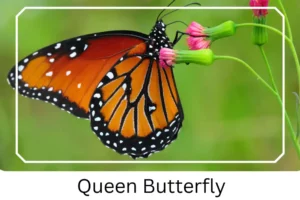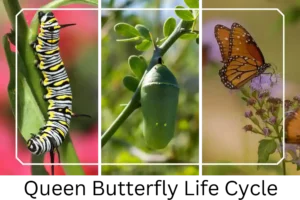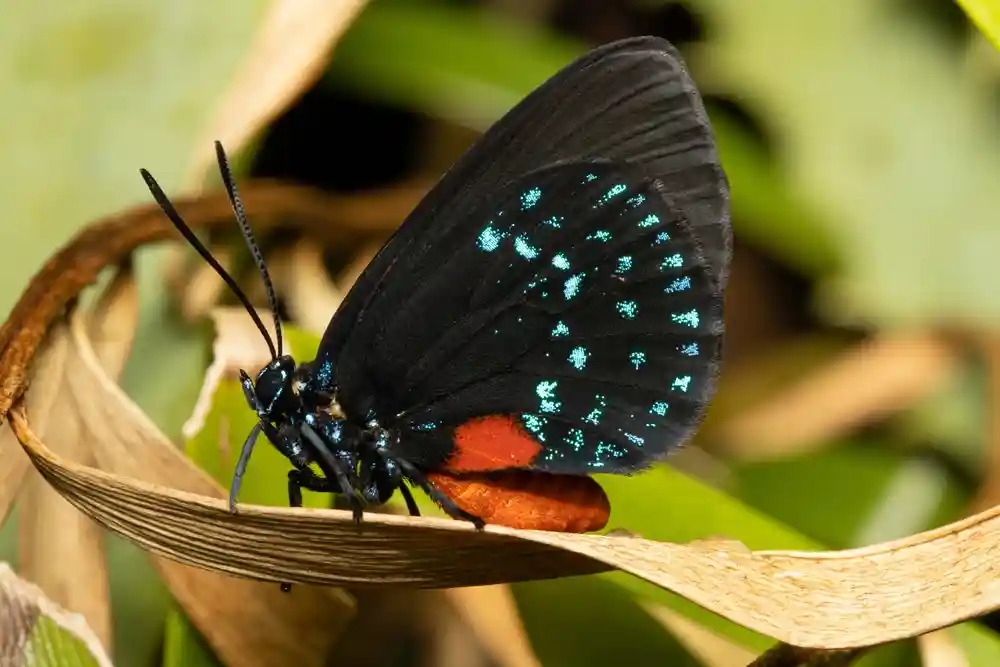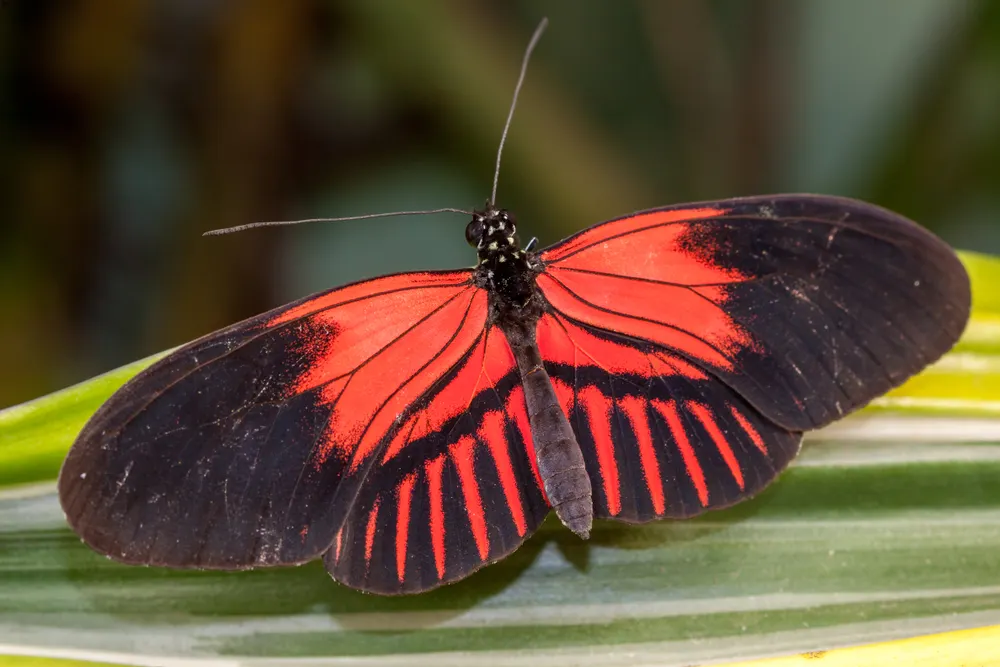Queen (Danaus gilippus)
Queen butterflies (Danaus gilippus) grace our gardens and wild spaces with their vibrant colors and fluttering presence. These butterflies, with their wide distribution, are not just a beautiful sight but also an intriguing subject of study due to their close resemblance to monarchs, soldiers, and viceroys. Understanding their unique characteristics not only enriches our appreciation of nature but also aids in their conservation.
Scientific Classification
- Family: Nymphalidae
- Genus: Danaus
- Common names: Queen
- Scientific Name: Danaus gilippus
Overview
The queen butterfly is a marvel of nature, showcasing a blend of beauty and resilience. Found across various continents, they thrive in diverse habitats, from tropical regions to temperate zones. Their lifecycle, from egg to adult, is a testament to the adaptability and intricacy of these creatures. As we delve into their world, we discover the nuances that make the queen butterfly a species worth admiring and protecting.
Description and Identification
Caterpillar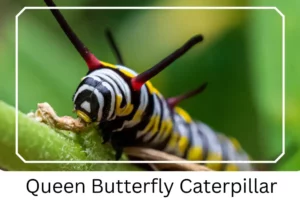
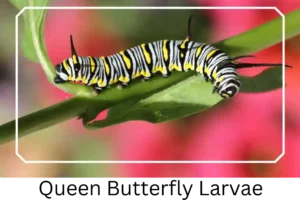
The queen butterfly caterpillar is a visual spectacle with its pattern of white and yellow stripes on a black base, adorned with needle-shaped protrusions. This larval stage, lasting 2 to 3 weeks, showcases the caterpillar’s small head and cylindrical body, a preparatory phase for its transformation.
Pupa
Transitioning into the pupal stage, the chrysalis exhibits a range of colors from green to dark brown, adorned with golden spots. Resembling a pendant, this stage, lasting 5 to 15 days, is crucial for the metamorphosis into the adult butterfly.
Adult Butterfly
Upon reaching adulthood, the queen butterfly displays a chestnut brown base with black borders. While sexual dimorphism is not pronounced, males and females can be distinguished by the scale patch on the male’s secondary wings. The adult’s wingspan averages between 3.1-3.3 inches (7.9-8.4 cm), with a flight pattern that is both graceful and purposeful.
Sexual Dimorphism: Subtle differences mark the males from females, particularly in the wing scale patches.
Color and Appearance: In both resting and flying positions, the queen butterfly shows off its distinct coloration and patterns.
Average Wingspan: A key identifier, the wingspan of the queen butterfly is characteristic and helps distinguish it from similar species.
Flight Pattern: Observing the flight pattern provides insights into their behavior and ecosystem role.
Eggs
The beginning of the lifecycle, queen butterfly eggs are laid singly, showcasing a unique ovate conical shape with a creamy color, setting the stage for the next generation.
Quick Facts | |
| Distribution | Found across the Americas, Africa, and Asia, particularly around the Gulf Coast and southern states in the US. |
| Habitat | Thrives in meadows, marshes, fields, deserts, and woodlands. |
| Lifespan of Adults | 1-3 months. |
| Host Plants | Prefers milkweed species. |
| Adult Diet | Feeds on nectar from specific plants like milkweeds, shepherd’s needle, and fogfruit. |
How to Identify Queen Butterfly?
Identifying queen butterflies amidst their lookalikes involves noting the unique features that set them apart. Look for the distinct wing coloration patterns, the specific shape and color of the eggs, and the unique characteristics of the caterpillar and pupa stages. Observing the flight pattern and the specific plants they frequent can also aid in identification. Additionally, understanding the slight sexual dimorphism between males and females, such as the scale patch on the male’s wings, will further enhance identification skills. This knowledge not only enriches the experience of observing these magnificent creatures but also contributes to their conservation by promoting awareness.
Did You Know?
- The queen butterfly is part of a closely-knit genus that includes the monarch and soldier butterflies, sharing many morphological and ecological traits.
- Contrary to previous beliefs, the queen butterfly does not share a biological connection with the plain tiger species.
- Their diet, primarily milkweed, renders them distasteful to predators like birds, providing a natural defense mechanism.
- There are seven recognized subspecies of the queen butterfly, each adapted to specific geographical and ecological niches.
Conclusion
The queen butterfly, with its stunning coloration and fascinating lifecycle, is more than just a pretty face in the insect world. It’s a species that invites us to explore deeper into the mysteries of nature, offering lessons on adaptation, survival, and the interconnectedness of ecosystems. By learning how to identify and appreciate these creatures, we take a step closer to understanding the delicate balance of our natural world and the importance of preserving it for future generations.
Queen Butterfly Pictures

Scientific Classification

- Family: Nymphalidae
- Genus: Danaus
- Common names: Queen
- Scientific Name: Danaus gilippus

